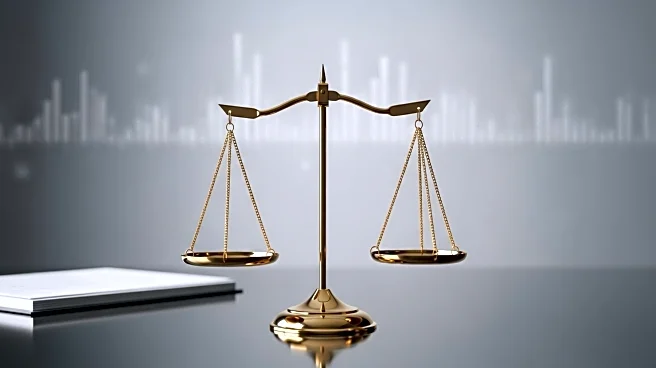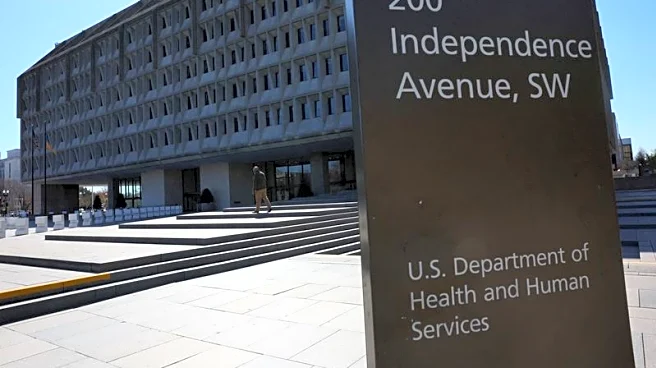What is the story about?
What's Happening?
Health insurance prices are projected to increase significantly in 2026, driven by rising medical costs and changes in federal support. Insurers report higher claims due to increased emergency room visits and mental health treatments, alongside a drop in healthy individuals maintaining coverage. The expiration of enhanced tax credits for Affordable Care Act marketplaces could further exacerbate costs for consumers. Additionally, the introduction of expensive prescription drugs and gene therapies is contributing to the overall rise in insurance premiums.
Why It's Important?
The anticipated rise in health insurance prices poses a significant challenge for consumers, particularly those relying on individual coverage marketplaces. The potential expiration of federal subsidies could lead to substantial cost increases, affecting affordability and access to healthcare. Employers may also shift more costs to employees, impacting coverage options and financial stability. This development highlights the ongoing issues within the U.S. healthcare system, where rising costs and policy changes continue to influence insurance markets and consumer choices.
What's Next?
As insurers prepare for the projected price increases, consumers may need to explore alternative coverage options or adjust their healthcare budgets. Policymakers could face pressure to address the affordability of health insurance, potentially leading to legislative or regulatory interventions. Employers may also need to reassess their benefits strategies to balance cost management with employee satisfaction. The healthcare industry will likely continue to grapple with the challenges of rising costs and evolving market dynamics.
AI Generated Content
Do you find this article useful?












